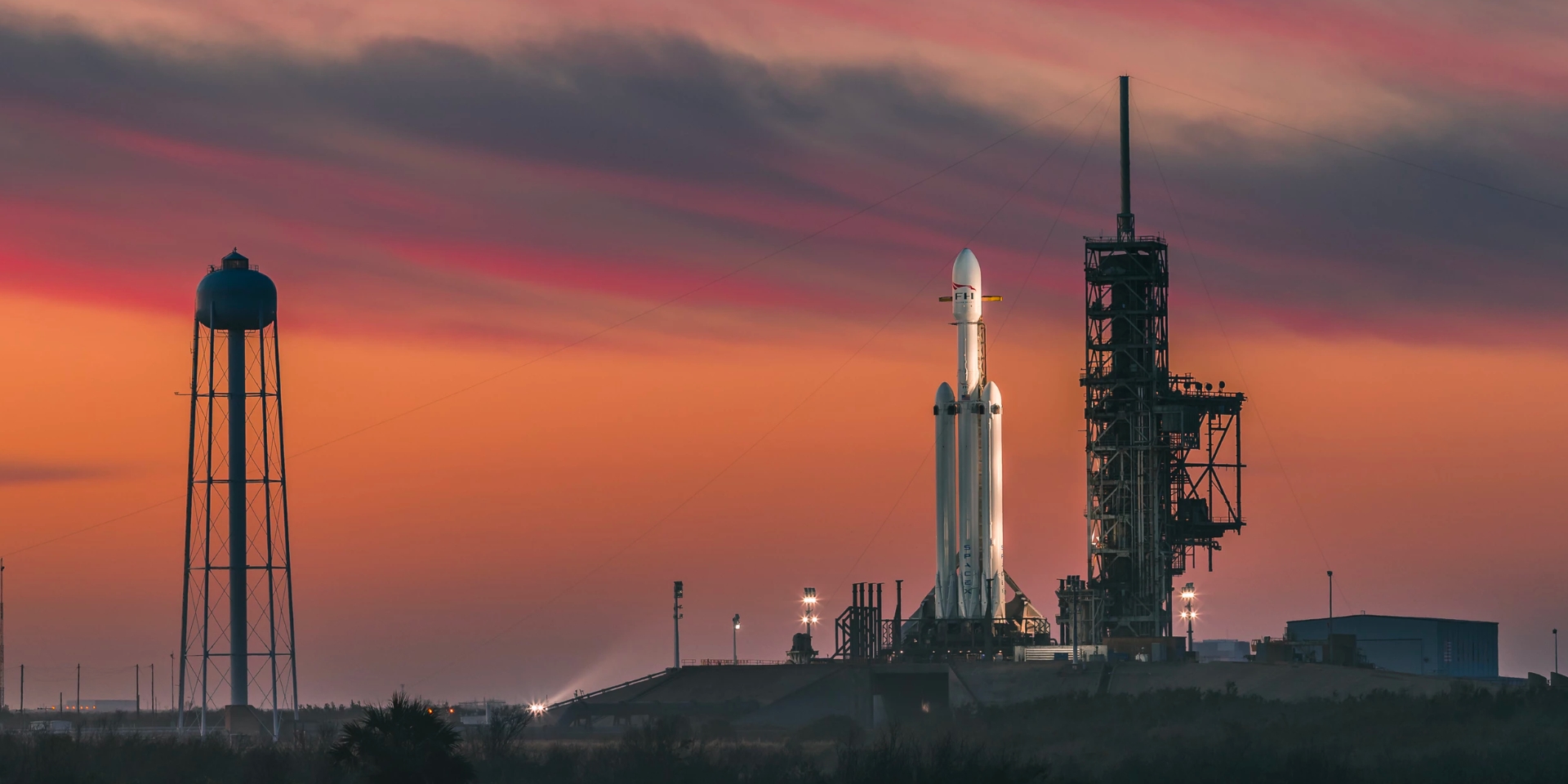Case Study: Reliability in the extreme
Defence Science and Technology

Connecting with Myriota’s new technology for a future battlefield.
On the battlefield, it’s not always viable to install vulnerable terrestrial infrastructures such as towers, gateways and other land-based structures. It’s simply not practical. However, Myriota’s nanosatellite technology allows for an array of sensors and devices to talk directly to low-earth-orbit (LEO) satellites, without the need for additional infrastructure.
In September 2018, Australia’s Defence Science and Technology (DST) took part in the Contested Urban Environment 2018 (CUE18) challenge in Montreal. A 250-strong cohort of Canadian, New Zealand, UK and Us Defence scientists were testing emerging technologies that could improve the effectiveness of military personnel operating in complex urban environments. Myriota’s Internet of Military Things (IoMT) was also put to the test.
Defence Science and Technology (DST) is responsible for science and technology that helps to safeguard Australia’s national interests. It is the second largest publicly funded R&D organisation in Australia with over 2,300 staff, scientists and engineers. As part of the CUE18 experiment, Myriota’sIoMT was applied in three different military contexts.
What the future holds.
Two prototype terminals that communicate directly with LEO satellites were deployed during CUE18. Each sent small packets of data that included a timestamp, location and status. An additional set of three terminals used existing terrestrial infrastructure were also trialed. All five terminals were programmed to simulate the detection of a chemical attack and remained under surveillance throughout the trial.
Myriota’s Internet of Military Things (IoMT) prototype terminals raised interest amongst the defence forces participating in the Contested Urban Environment 2018 (CUE18) challenge, which included Australian, Canadian, UK and New Zealand Forces – all envisaged further applications beyond chemical detection. Using the data collected at the challenge, DST is now looking to further develop Myriota’s innovative IoMT terminals for the specific needs of the Australian Army.
Defence at the Contested Urban Environment 2018 (CUE18)
When triggered, the terminals created an alert that was sent to the “Common Operational Picture.” That single display of relevant information was drawn from multiple feeds and shared across military command in the Tactical Operations Centre. Low in cost, and with the ability to be rolled out and collect relevant information from across the battlefield, the application of Myriota’s devices and network was a success. Participants also recognised the potential benefit of quickly populating a large area with a network of smart sensors to increase freedom of manoeuvre.
